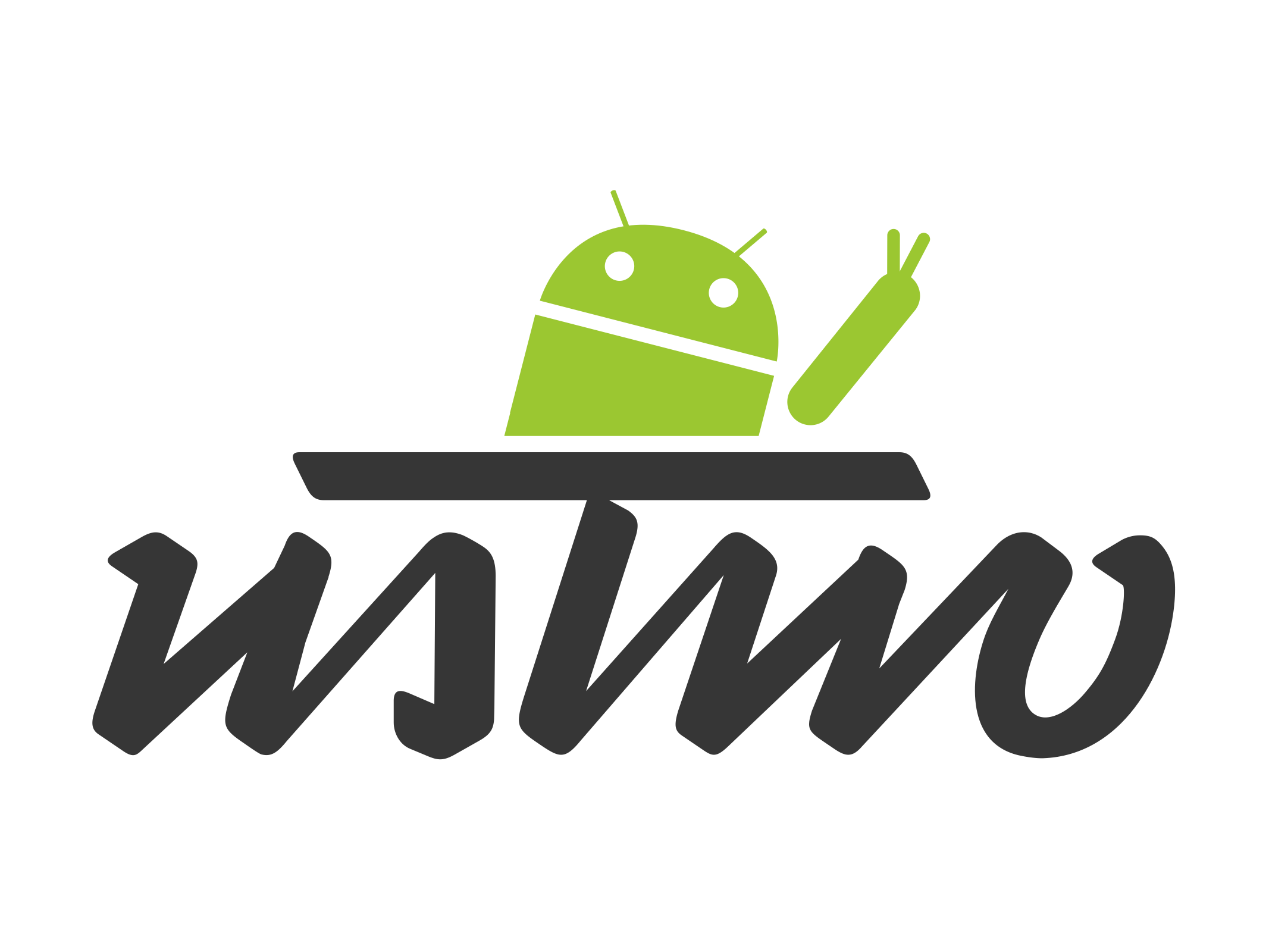Android boilerplate project to create new Android projects from. It provides basic architecture, tools and guidelines that we use when developing Android apps.
First clone the boilerplate repository. Next, if you want to copy the boilerplate into your own repository follow Clone into your own repository. If you just want to get started with customising things for your own project skip onto Make it your own.
Follow these steps if you have a repository with a branch you'd like to copy the boilerplate project into:
$ cd <path to boilerplate>
$ git remote add newrepo <path to newrepo>
$ git checkout --orphan copy
$ git commit -m "Copying boilerplate"
$ git push newrepo copy:<branch on new repo>
This will copy the boilerplate project without history to your own branch in your repository.
Personalise the boilerplate for your own project:
-
Rename
com.ustwo.boilerplatepackages to your own domain's stucture. E.gcom.mydomain.myapp. See StackOverflow for steps to easily accomplish this in Android Studio. -
Open
app/build.gradleand change the following to match your new package names:applicationId "com.mydomain.myapp"testInstrumentationRunner "com.mydomain.myapp.application.ApplicationTestRunner"
This project consists of the following modules:
- app, Phone & tablet module
- Android Studio, Provides the fastest tools for building apps on every type of Android device.
- Gradle, An open source build automation system.
By default this boilerplate comes configured to run on CircleCI. The YML file circle.yml will setup the dependencies, run the tests configured in scripts/ci.sh and export relevant reports and artefacts.
If you have configured the environment variables defined in the "Firebase cloud testing" the tests will be run on the Firebase test lab otherwise your tests will be run on an emulator.
This boilerplate ships with Firebase cloud testing built in. You simply need to enter the following environment variables to make it work:
GCLOUD_SERVICE_ACCOUNT- The service account email address is listed in the Firebase console here:https://console.firebase.google.com/project/<projectId>/settings/serviceaccounts/adminsdkGCLOUD_SERVICE_KEY- This is an export of the contents of the JSON secret file that can be obtained by generating a new private key here:https://console.firebase.google.com/project/<projectId>/settings/serviceaccounts/adminsdkGCLOUD_PROJECT_ID- This is a unique identifier for your Firebase project which can be found in this project's URL:https://console.firebase.google.com/project/<projectId>
The cloud testing setup by default will run your instrumentation tests, take screenshots and save the test report and artefacts.
The repository contains two files responsible for secrets and signing; ci-keys.cipher and release.keystore.cipher respectivly. Both files have been encrypted using openssl aes-256-cbc with the key ustwoopensource. These files are intended solely as placeholders to allow you to make release builds and need to be replaced before releasing to the app store.
The current secret management implementation is simple when you have a small number of secrets or files that need encrypting and / or a small team. If you are working on a large project where access to secrets and files should be more carefully managed then we recommend using BlackBox by StackExchange.
To add, view or edit secrets you first need to decrypt them using openssl:
openssl aes-256-cbc -d -out ci-keys -in ci-keys.cipher -k ustwoopensource
This will creat a file called ci-keys which you can then edit as needed and encrypt again using:
openssl aes-256-cbc -e -in ci-keys -out ci-keys.cipher -k ustwoopensource
The file ci-keys.cipher will then be ready to commit.
The same process can be used with release.keystore.cipher when you need to replace or change the keystore with your own details.
For the secrets and keystore to be used by your CI server you will need to export the environment variable CI_SECRETS_KEY with the default key listed above or your own if you've re-encrypted the secrets and keystore yourself. You will also need to ensure that openssl is added as a dependency / installed by default.
Please, take some time before starting a contribution to read our documentation
The gitignore file is generated using GitIgnore.io and using Android and Intellij for the selected technologies. This allows for easy updating when tools are updated or otherwise when required.
Note that gitignore is not setup to ignore common OS files like Thumbs.db or .DS_Store. For this we recommend creating a global gitignore file that will apply to all of your projects. This guide explains how. GitIgnore.io provides content for a variety of OS to copy and paste in.




